13 Things Americans Thought Were the Future (But Weren’t)
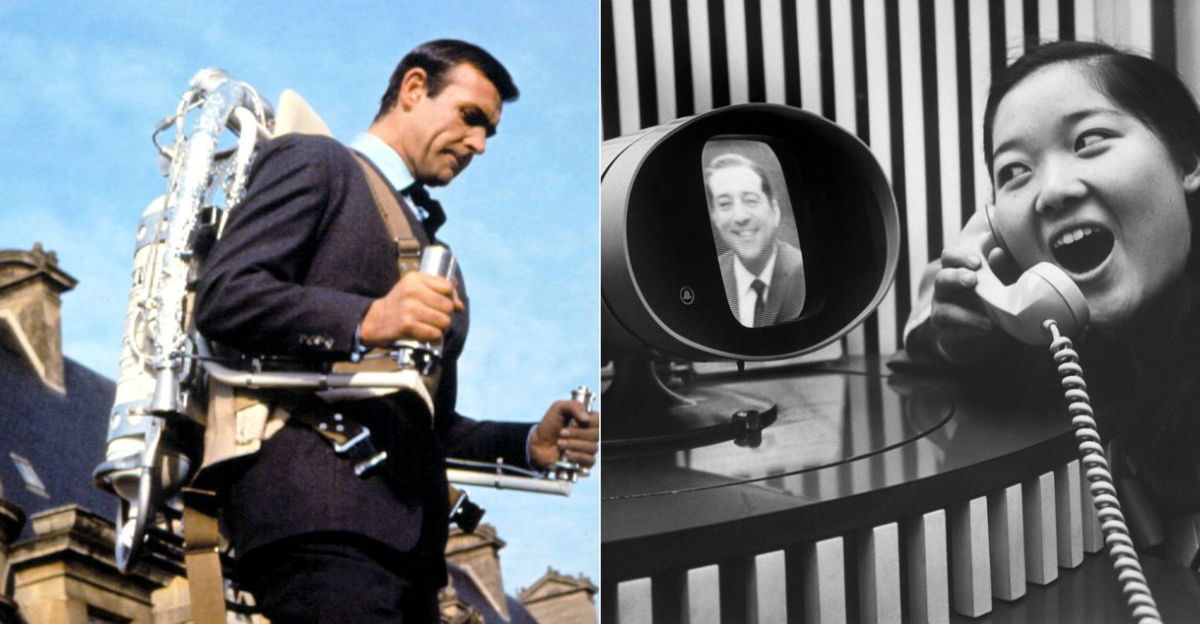
Remember when we were promised flying cars and robot butlers by the year 2000? Americans have always been fascinated by what tomorrow might bring, often with hilariously misguided expectations.
From the atomic age to the digital revolution, our vision of the future has been shaped by equal parts innovation, marketing, and wishful thinking.
Let’s take a nostalgic tour through the technologies and trends that once seemed destined to define our future but ended up as footnotes in history instead.
1. Flying Cars
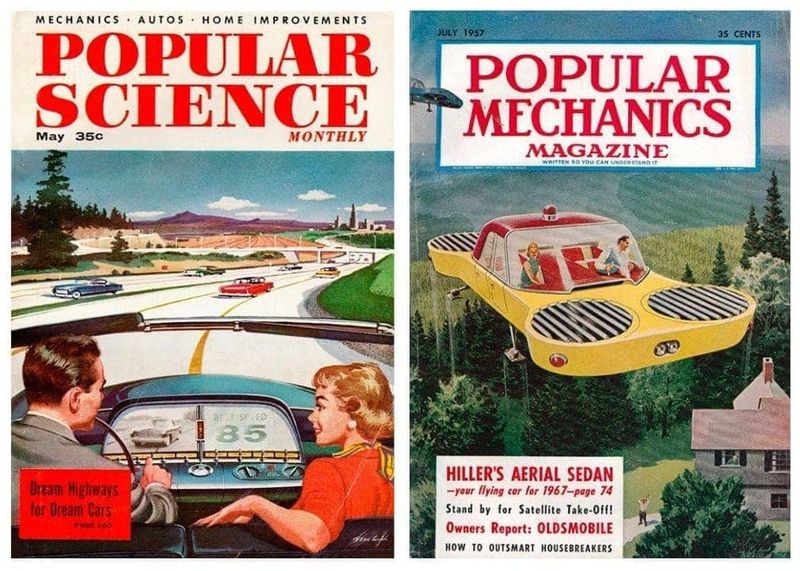
The Jetsons lied to us! Since the 1950s, glossy magazine spreads promised personal aircraft parked in every driveway by the 21st century.
Despite numerous prototypes and millions in investment, our commutes remain stubbornly earthbound. Technical challenges, safety concerns, and the nightmarish prospect of regulating three-dimensional traffic have kept this dream permanently circling the runway.
2. Jetpacks
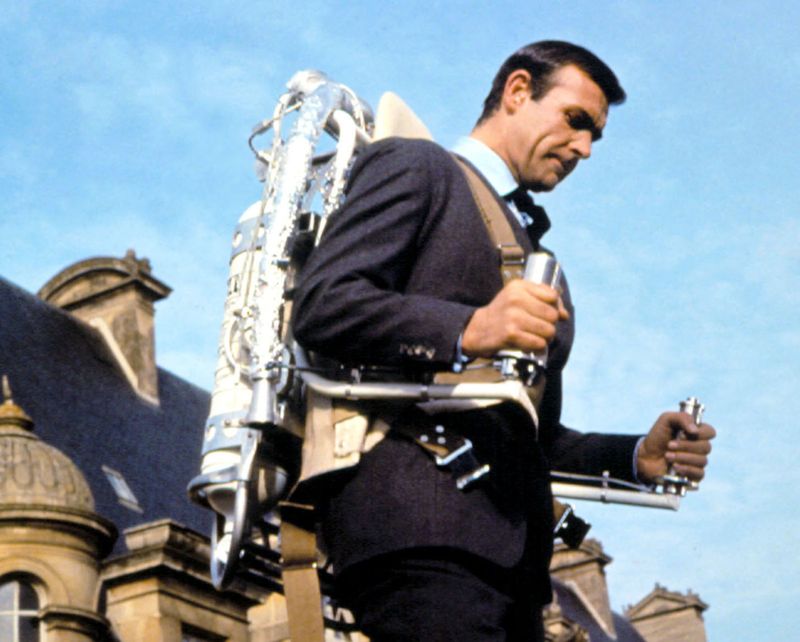
Strapping rockets to your back seemed like the obvious solution to personal transportation in the space age. Bond movies and World’s Fair demonstrations had us convinced we’d all be zooming around like human missiles.
Reality check: jetpacks burn through fuel faster than a teenager with your credit card, have limited range, and turn the pilot into a walking barbecue. Most models remain expensive novelties rather than practical transportation.
3. Meal Pills

Futurists once predicted we’d swap juicy steaks for convenient capsules containing all necessary nutrients. No more cooking or washing dishes—just pop a pill for breakfast, lunch, and dinner!
Thankfully, our love affair with actual food prevailed. While meal replacement shakes and protein bars exist, they complement rather than replace traditional eating.
Turns out humans enjoy the sensory experience of food too much to surrender it to laboratory efficiency.
4. Pneumatic Tube Transport
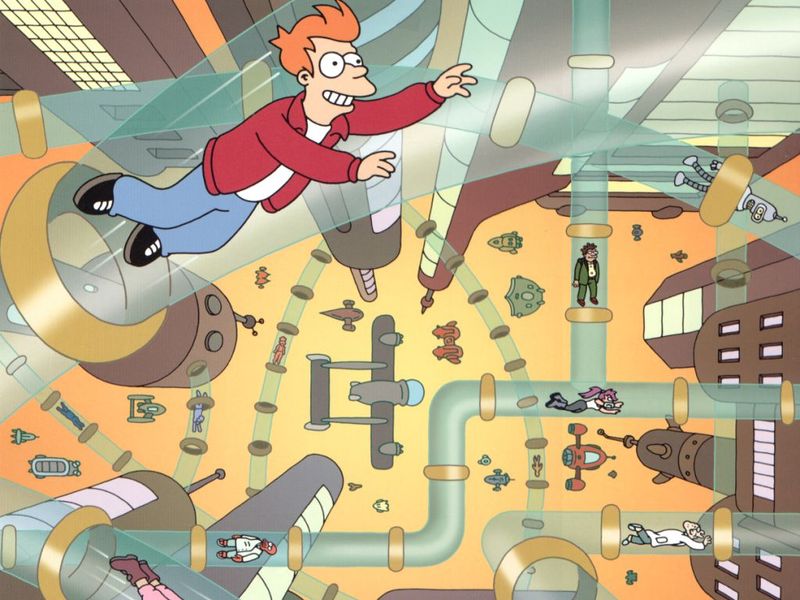
Whoosh! Early 20th century visionaries imagined Americans zipping through vast networks of pneumatic tubes like human-sized mail. Cities would be connected by underground vacuum highways, eliminating traffic congestion forever.
While pneumatic systems still deliver cash at bank drive-thrus, human-sized versions never materialized beyond science fiction. The engineering challenges proved immense, and the claustrophobia factor even bigger.
Elon Musk’s Hyperloop concept is its spiritual successor.
5. Videophones in Every Home
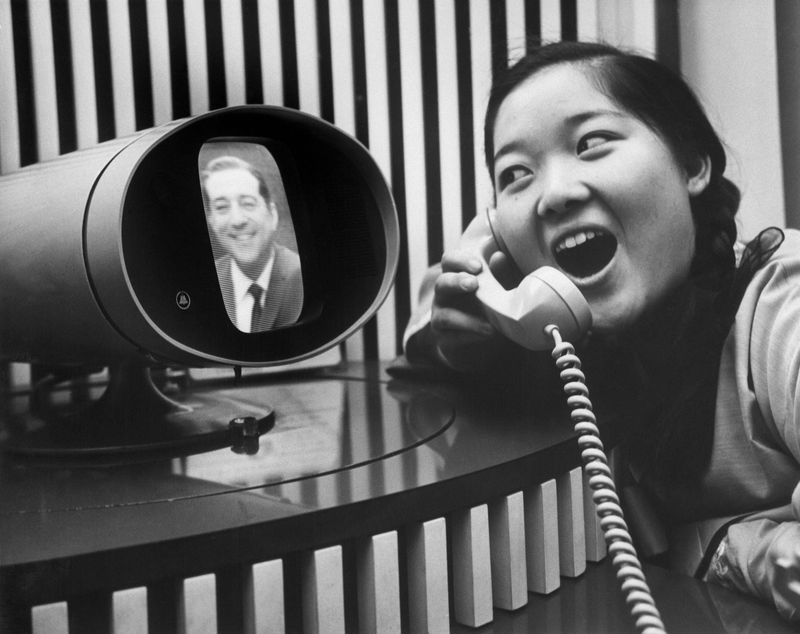
AT&T’s Picturephone debuted at the 1964 World’s Fair, promising face-to-face communication would become standard in American homes by the 1970s. The future had arrived!
The service flopped spectacularly. Monthly costs exceeded $100 (nearly $900 today), and people discovered they didn’t actually want to be seen while talking on the phone.
Decades later, Zoom calls confirm what we suspected: sometimes being visible is more burden than benefit.
6. Nuclear-Powered Everything
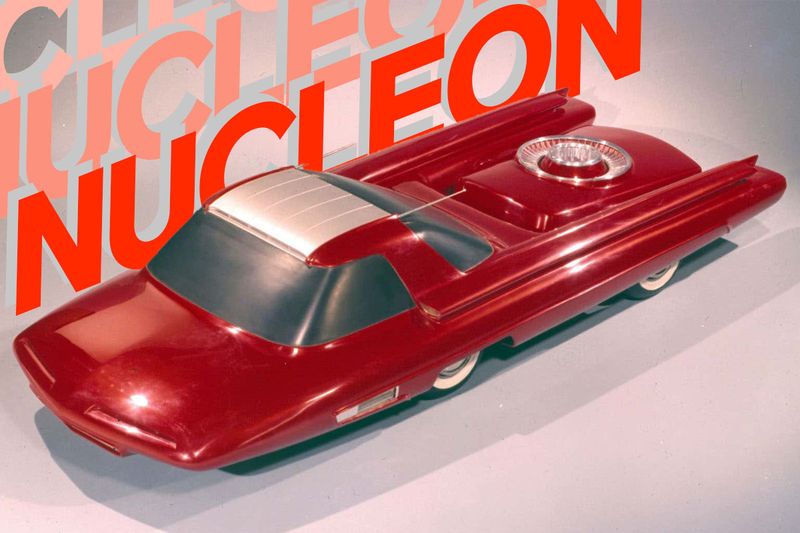
The atomic age promised unlimited energy for all! Visionaries predicted nuclear-powered cars, planes, vacuum cleaners, and even heart pacemakers. Ford’s Nucleon concept car would run 5,000 miles on a single uranium pellet!
Pesky details like radiation poisoning, meltdown risks, and the challenge of miniaturizing reactors dampened enthusiasm.
While nuclear submarines and aircraft carriers became reality, the dream of a nuclear-powered Chevrolet in every garage mercifully fizzled out.
7. Underwater Cities

Jacques Cousteau’s underwater adventures sparked dreams of gleaming domed cities beneath the waves. Magazine spreads showed families living in submarine communities with panoramic ocean views.
Building permanent habitats in the crushing depths proved prohibitively expensive and dangerous. Underwater research stations exist, but they’re spartan facilities for scientists, not luxurious communities. The ocean floor remains largely unconquered territory despite our grand aquatic ambitions.
8. Robot Servants
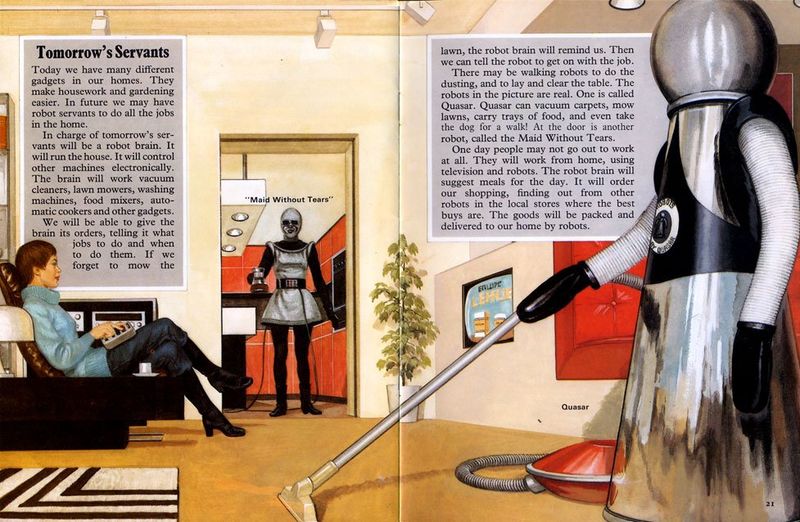
Mechanical maids and butlers would handle household drudgery while we enjoyed increased leisure time! The Jetsons’ Rosie the Robot would be in every home by the year 2000.
Instead, we got Roomba—a disk that bumps into furniture while sometimes vacuuming. True humanoid robots remain confined to laboratories and assembly lines.
The complexity of navigating unpredictable home environments and performing varied tasks proved far greater than anticipated.
9. Monorails Everywhere
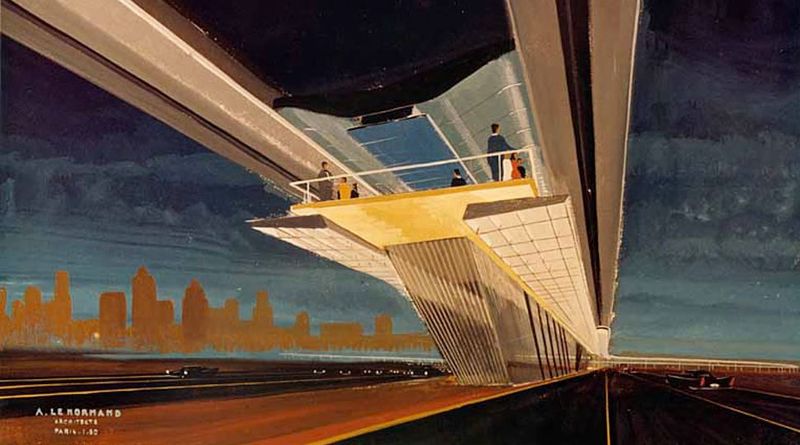
Sleek, elevated monorails would revolutionize urban transportation! Walt Disney’s EPCOT plans and World’s Fair exhibits showcased these single-rail wonders as the inevitable replacement for congested city streets.
Despite their futuristic appeal, monorails proved expensive to build and inflexible once constructed. Most American cities opted for conventional subway systems or light rail.
Outside of Disney parks and a handful of airports, monorails remain rare curiosities rather than transportation backbone.
10. Geodesic Dome Homes
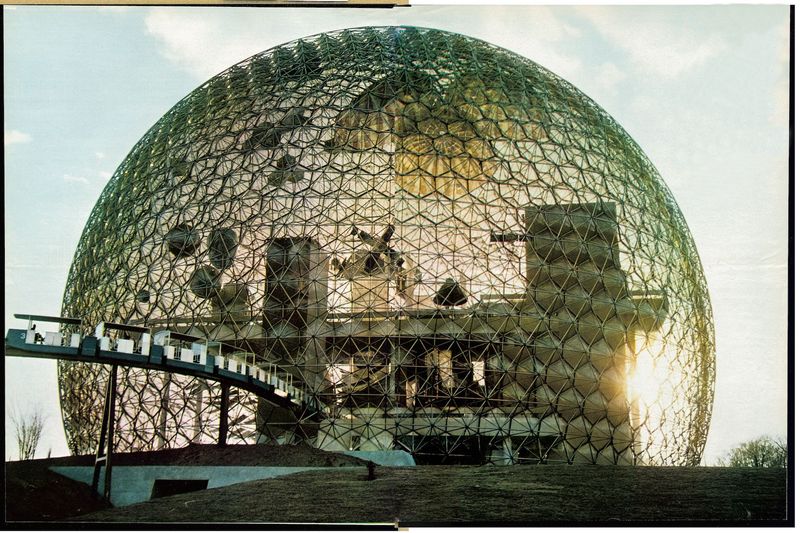
Buckminster Fuller’s geodesic domes promised revolutionary, energy-efficient living. These mathematical marvels would replace traditional houses across America, creating communities of bubble-shaped dwellings.
Despite enthusiastic adoption by counterculture communities in the 1970s, dome homes never conquered suburbia.
Practical issues like furniture placement in triangular rooms, difficult waterproofing, and zoning restrictions kept these futuristic structures firmly in the fringe category. Square walls prevailed.
11. Personal Helicopters
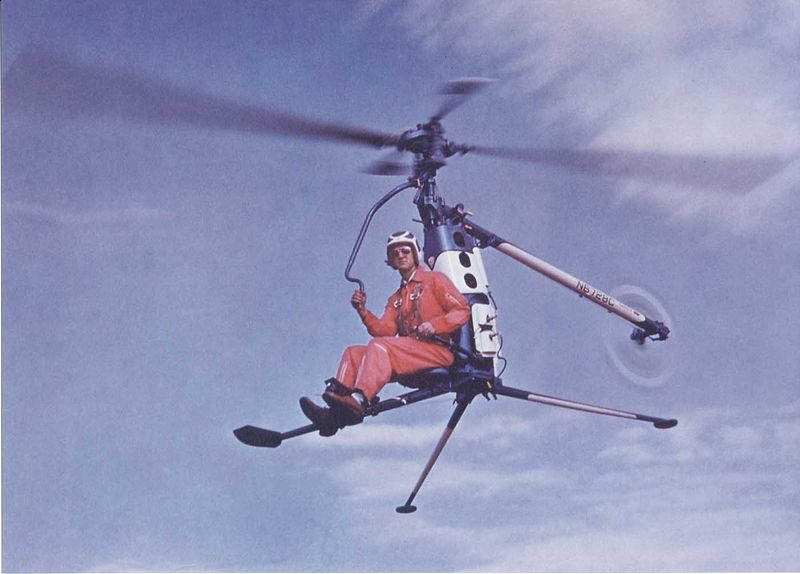
Before flying cars captured our imagination, personal helicopters seemed the logical next step after automobiles. Post-WWII America saw numerous designs for affordable rotor craft that would transform suburban commuting.
The 1955 Hiller ROE-1 Rotorcycle epitomized this dream—a single-person helicopter anyone could supposedly master. Sadly, helicopters proved too complicated, dangerous, and fuel-hungry for casual pilots.
12. Moving Sidewalks Everywhere
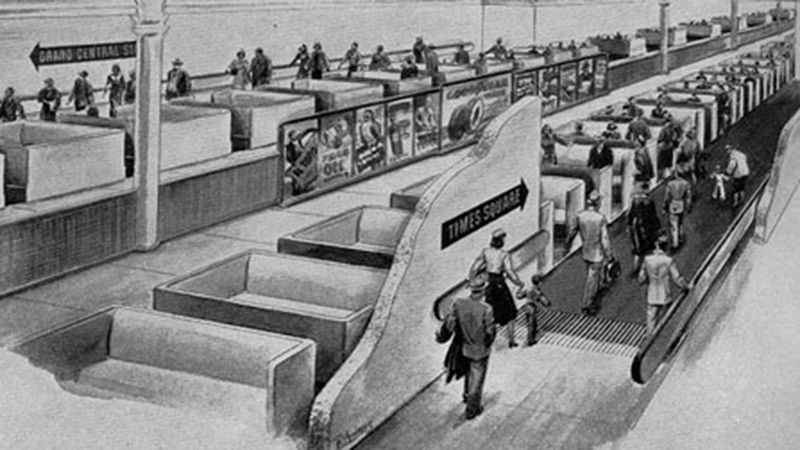
Horizontal escalators would eliminate the need to walk! Futurists envisioned entire cities connected by moving walkways, with different speed lanes allowing efficient travel without physical exertion.
While airports and some urban centers feature limited moving sidewalks, the grand vision of cities crisscrossed with people-movers never materialized.
Maintenance costs, weather exposure, and the simple human desire to control one’s own pace kept this technology confined to controlled indoor environments.
13. Videotex and Information Terminals
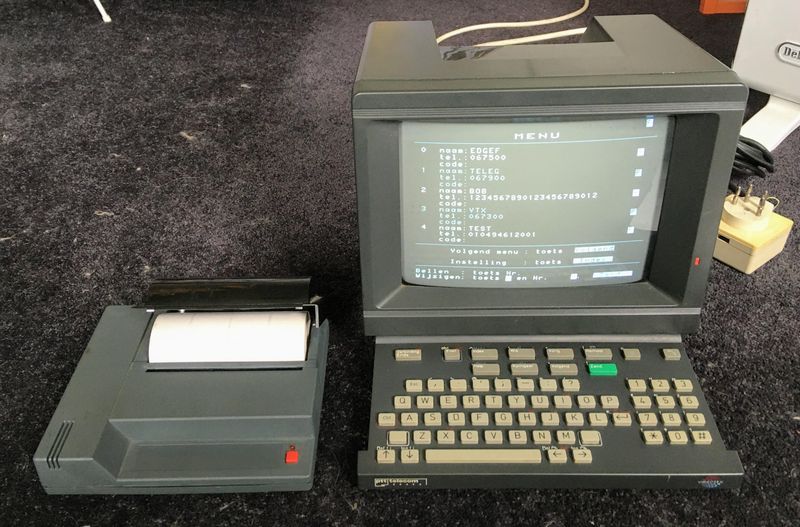
Before the internet, services like Videotex and Minitel promised to revolutionize home information access. These systems would connect every household to vast databases through dedicated terminals, making encyclopedias obsolete.
These primitive networked services gained limited traction in Europe but barely registered in America. Clunky interfaces, slow connections, and limited content doomed them to obscurity.
